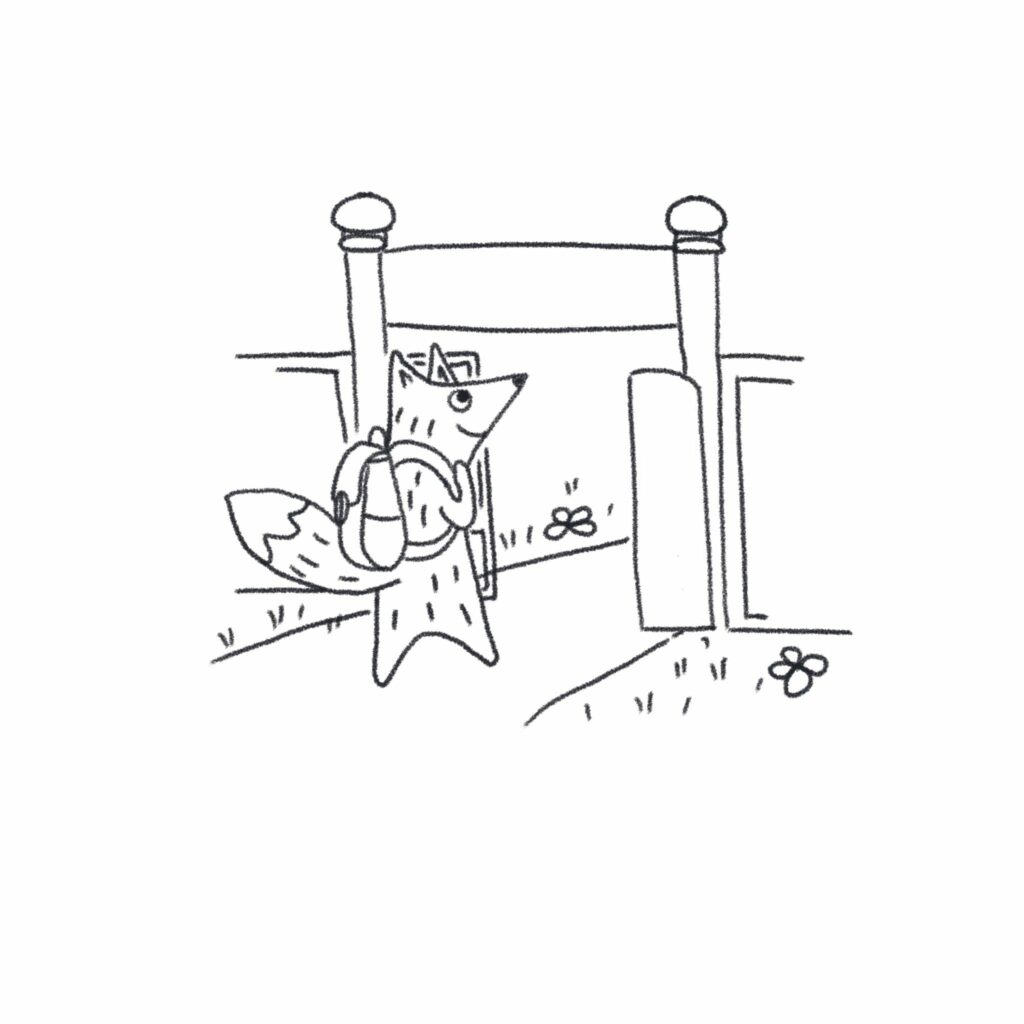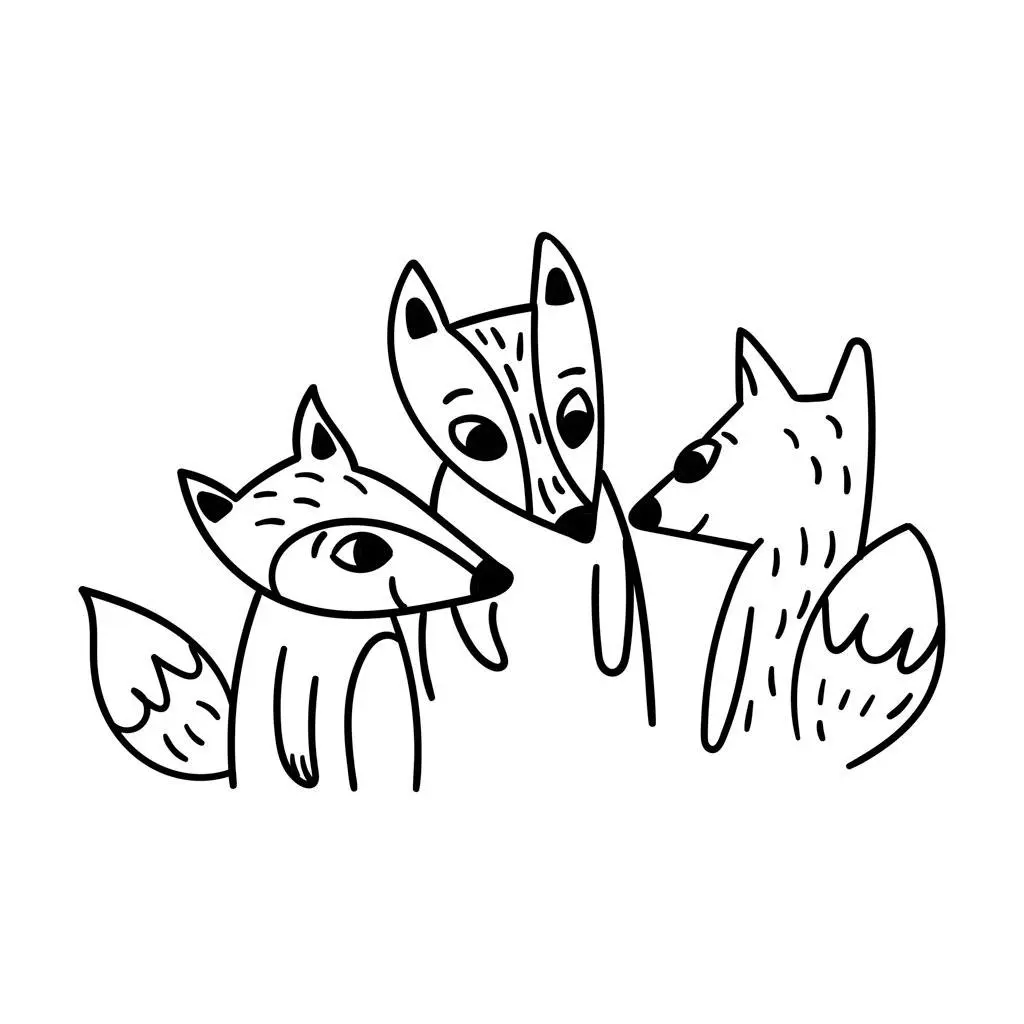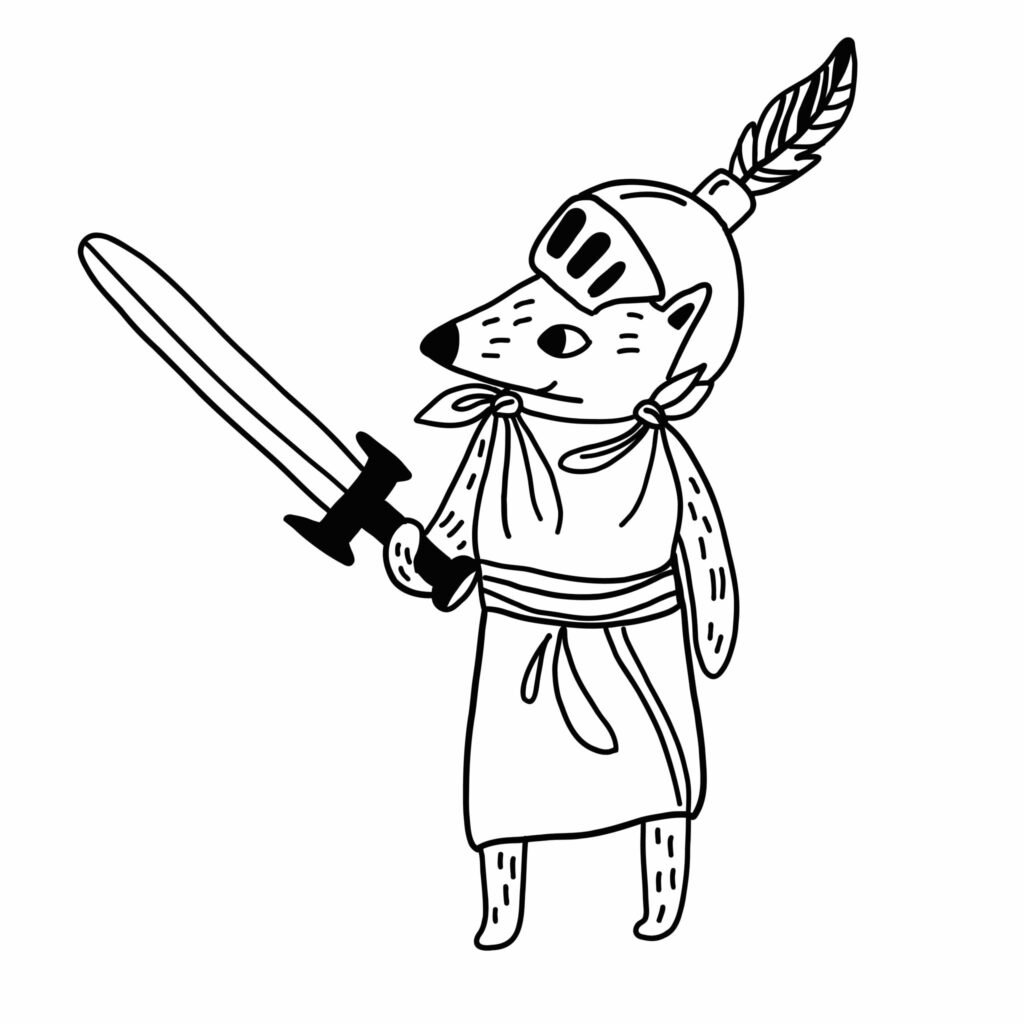I fear I’m going to disappoint you by not including a long list of recommendations. My focus, as with all our advice at 100 Toys, is to empower you to make your own choices. And that means showing you what to look for rather than giving a list of specific titles (though there are a few).
Also, you’ll probably be familiar with many of these titles. We all love discovering new books but the truth is you’ve probably got enough already. Your toddler may have heard a story a thousand times but your six-month-old is discovering it for the first time.
Babies
A clear layout
If you’re buying for a baby, think concrete nouns. Nothing abstract. If you pick up a book and it contains words like ‘happy’ and ‘thoughtful’ or even verbs like ‘running’ and ‘jumping’, put it back down again. It will be totally incomprehensible.
The layout has to be simple. Single objects on white backgrounds. It should be clear to your baby what she is looking at. Think about it for a moment and it’s obvious. Show a six-month-old a ball. Say ‘ball’. What does your baby understand the word to mean? If she hasn’t seen a ball before, she doesn’t know whether you are saying its name or identifying any one of its many characteristics: ’round’, ‘blue’, or ‘squishy’ or ‘bouncy’. Do you see why books for babies have to be so simple? There must be as little confusion as possible.
This is one of the reasons sharing a book is so brilliant. You are co-constructing meaning with your child. You both point to an object and agree what it’s called. There can be no mistake.
Start with the child
Think about what your baby knows and build from there. Read a book about walking to the park and your child can relate to it. A barking dog, feeding the ducks, a boy on a bicycle: all these things are familiar. She’s free to focus on the story and can guess new words from the context. But Pop-up Peekaboo! Space? What does a baby know about space-stations, lift-off and rockets?
Keep it simple.
And talk to your child about the book. Don’t just read the words. Point things out. What sound does the cat make? Can you turn the page? Can you see the squirrel hiding somewhere? Can you see something red?
Recommendations:
What can a baby understand of Dear Zoo? Sending animals through the post? ‘Fierce’, ‘grumpy’, what do they mean? But the book is a real winner simply because of its format. Lift a flap. It’s a lion! Lift another flap. It’s an elephant! Your baby learns to match the picture with the sound. She is learning that words are labels and that everything has a name. Remember, your child is starting from nothing. It’s not just that she doesn’t know objects’ names; she doesn’t even know that things havenames.
Baby Can See Animals, My Toys, In the Water, Things That Go. You can start reading with your child from birth. She may not be able to focus on the book yet but she’ll enjoy the sound of your voice and being with you. But by around three months she’s ready to look at the page if the images are bold enough. Look for books with high contrast, black-and-white pictures. Babies’ vision hasn’t fully developed at this stage. They are investigating the boundaries of shapes, where one object ends and another begins. They are learning that the world is made up of discrete objects and is not one continuous mass. Books that appeal have images with definite edges. Pale yellow on a white background is not going to work.
My children enjoyed the Spot books, by Eric Hill, and from the illustrations it’s easy to see why. For me, the text didn’t make much sense and the flaps often had words under them rather than pictures, which is nonsensical for a book aimed at babies and toddlers. The books could have been so much better. But the animals are clearly drawn and the layout is simple. The stories revolve around everyday themes such as trips to the park, bedtime and having a new baby.
Tip: a lot of books have great pictures but no thought has been given to the words. An easy way around this is to make up your own story, or focus on finding things on the page instead. Can you see the cow? Where is the cat?
My First Farm There’s no story with this kind of book. It’s all about learning to label objects. And, excitingly, when reading it for the fiftieth time, you might hear your baby utter her first word.
Despite everything I’ve said above, don’t get hung up on making everything perfectly comprehensible. Reading a book is as much about close contact and enjoying a shared experience. A baby understands very little of Goodnight Moon but the rhythm of the words and her proximity to you both convey powerful messages.
Toddlers
Everyday topics
Stories for this age group are still centred on the here and now. No ancient history or imagined future. You’re probably familiar with the Pip and Posy books, which are aimed squarely at this age group. They’re full of everyday experiences and mishaps. There’s nothing unfamiliar. Children are learning about narrative structure, that stories have a beginning, middle and end and that the protagonist undergoes some kind of transformation. Baby books have no plot to speak of, so this is a concept that has to be introduced.
Toddlers are learning to pay attention, to focus on the page and to look for detail. Part of the skill of reading is learning to spot the difference. Scouring the page for the missing boy in Where’s Wally is great practice for later learning how to distinguish between a ‘b’ and a ‘d’.
A bit dated now, but still very popular with toddlers, Richard Scarry’s books get it right. What do people do all day? A Day at the Police Station. Everyday subjects with lots of detailed pictures. And look out for Lowly Worm hiding on every page.
Reading conventions
Long before they can recognise letters and words, toddlers learn the conventions of reading: which way round to hold the book, how to turn the page, that a book is read from front to back. They also start to see that the page is made up of pictures and words and that words carry meaning. There’s no great trick to teaching this: read often, and talk about the process of reading and the book itself. Can you turn the page for me? Who is on the front cover? What can you see on the back?
Nursery rhymes
My secret weapon when teaching children to speak – and to read – is nursery rhymes. Have them on repeat all day long. Learn them by heart and then you can sing them to your child without the accompanying music. Listening to songs gives children readymade chunks of language that they can use in their own speech and repetition makes songs – and the words they contain – memorable.
If you still have a CD player in your house you can’t go wrong with this collection of classics by Beatrice Harrop: Hey Diddle, Diddle. And if you’ve got a guitar or piano you can play along by following the accompanying musical notation.
Sharpen attention and encourage whole-body co-ordination with books of action songs (Child’s Play have a great selection). Story time is fun when you throw in classics like Heads, Shoulders, Knees and Toes, and rainy days don’t seem so long when you break up the day with a bit of movement.
Traditional tales
As a society, we have frightened children with traditional tales for millennia. Perhaps it’s a way to keep them safe. You might take the view that listening to Hansel and Gretel didn’t do you any harm (I think I survived the trauma!) but it’s not for everyone. There are modern takes on all these books if you find them too much. But make sure your child is familiar with the stories in some form. They are central to our culture and knowing them helps to access the curriculum once school begins.
Recommendations
Books like The Very Hungry Caterpillar and Bears in the Night have very clear structures. They reinforce the idea that one thing follows another. The latter is also brilliant for learning prepositions: down the tree, overthe wall, around the lake, betweenthe rocks. And the ending is really exciting!
The Little Red Trainseries, by Benedict Blathwayt is very sweet, with lots of detailed pictures. You don’t have to be a train lover to enjoy these books.
The Cat in the Hat(or any other rhyming story, but this is the quintessential example). Rhyme draws children’s attention to the final sounds in words, which is one of the first steps in learning to read. Our free Guide to Starting School goes into more detail.
Preschoolers
Preschool is the time to introduce more interesting stories. The subjects may still be familiar but the plots can be more interesting and the language more challenging. But remember, children are still quite literal at this age. They do not infer from the text. They can’t read between the lines. Baddies are verybad and goodies are angelic. Older children will enjoy reading about characters of ambiguous morality like Rotten Ralph or the eponymous pig in Charlotte’s Piggy Bank but preschoolers prefer characters that are easier to read. Think Supertatoor Little Red Riding Hood’s Big, Bad Wolf.
Of course, this doesn’t mean that the books have to be easy. There’s a direct link between a child’s vocabulary and later academic success at school, so make sure you offer more challenging texts from time to time. Just make sure to keep it fun. Story time is a time for fantasy and escape.
Recommendations
I have a real soft spot for the books of Emma Chichester Clark. The illustrations are beautiful and the stories tender. There are two main series: Melrose and Crocand Blue Kangaroo. And if you’ve got a particularly whizzy five-year-old, Alice in Wonderland is terrific.
Usborne Young Readers is a wide-ranging series for five-to-seven-year-olds who are learning to read independently. But it’s a set worth considering if you want a ready-made library of classic tales to read to a younger child.
The earnest teacher in me loves Child’s Play books. They help children make sense of their world. There are books about first experiences, such as starting nursery or school or going to the dentist’s or doctor’s. There’s also help with other big life events like having a new baby. Highly recommended.
Anything by Shirley Hughes.
Anything by Janet and Allan Ahlberg. Start with Each, Peach, Pear, Plum.
Allan Ahlberg has also worked with other illustrators. The Runaway Dinner, The Pencil and Hooray for Breadare well worth a look and have become bedtime favourites in our house. Apart from Shirley Hughes, the Ahlberg books are the only ones that will hold the attention of all four or our children. They’re full of gentle humour and clever pictures.
Sly Fox and the Little Red Hen. I’m really fond of this book. It has an unusual rhythm and is paced beautifully. It’s one of a series of Ladybird First Favourite traditional tales that I recommend wholeheartedly.
Other books in the whizzy five-year-olds category are those by Illustrator Chris Riddell. The Ottoline series is great fun and Once Upon a Wild Woodcleverly weaves a number of fairytales into something unique and new.
Books I don’t like
High concept books (which seem to dominate the new and noteworthy sections in bookshops). Fancy illustrations, a clever conceit. But far too complicated for young children. They often contain jokes aimed at the parent and require children to read between the lines (which they’re not capable of at the ages we’re discussing). Avoid.
Final word
In the end, choosing a book is personal. It’s one of the reasons I’m reluctant to share too many recommendations. And children have their own preferences too. If you’ve chosen the wrong book, they will lose interest. If it’s a good one, they’ll ask you to read it again. And again!
As with toys, children are naturally drawn to books that match their level of development, so don’t worry too much about choosing the wrong one – they’ll let you know!





